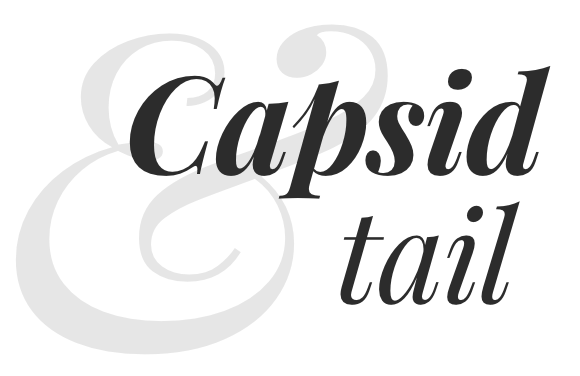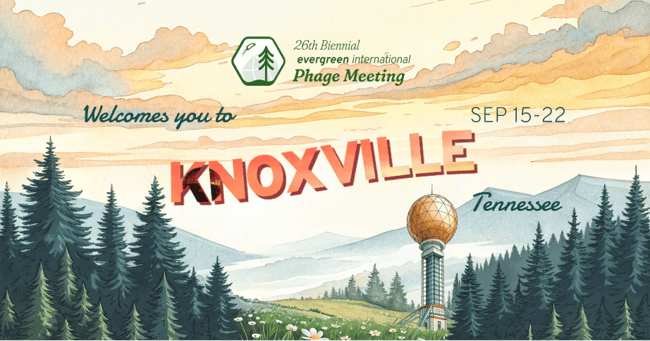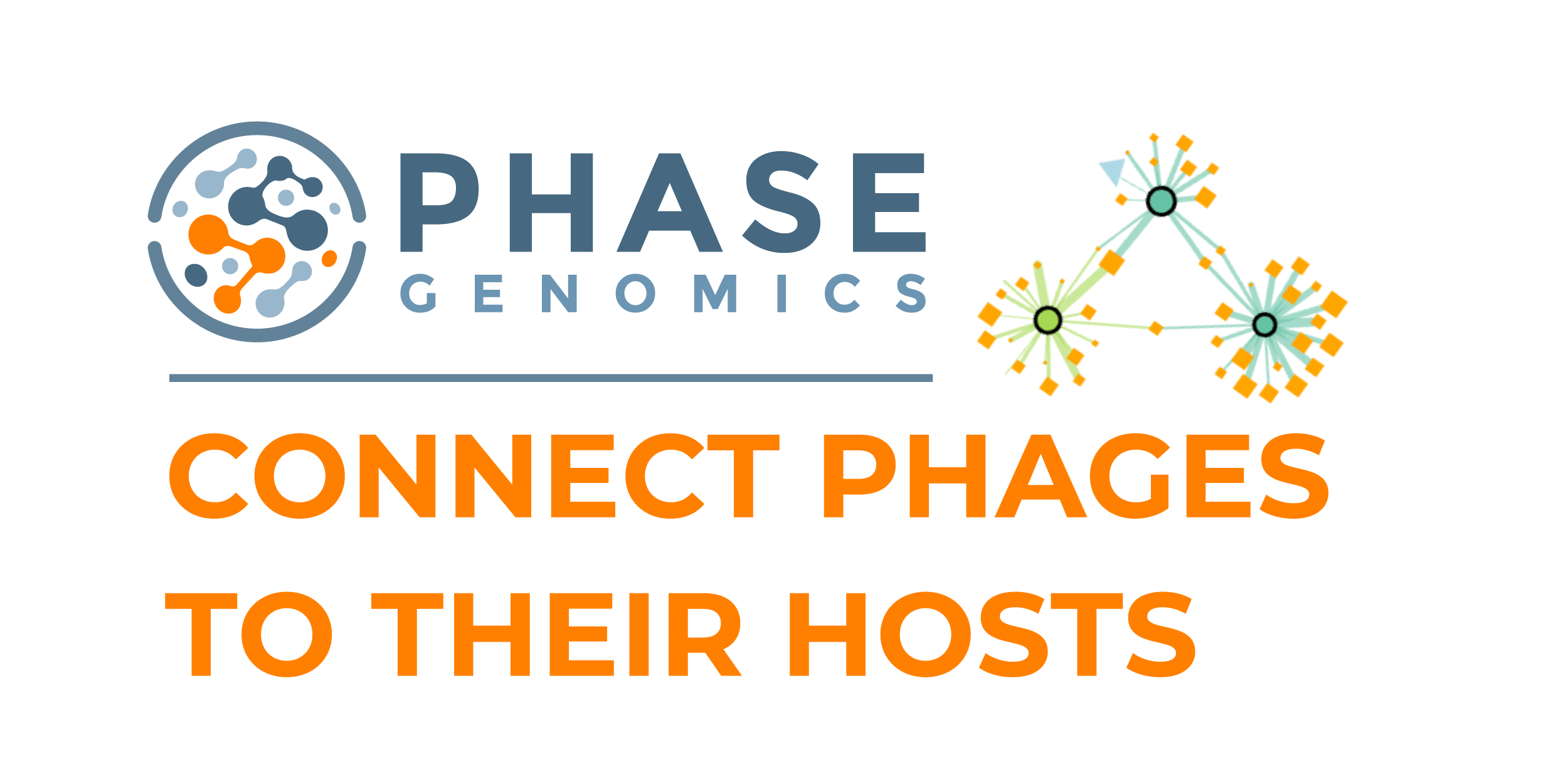Welcome to summer, everyone!
This month, Jessica has been hard at work in the phage lab, working with a throng of new summer students. At Groq, I’ve been building tons of open source tools and templates that people can take and run with, modify, and make their own.
This month, I’ve been digging into Google DeepMind’s (of Alphafold fame) latest model, AlphaGenome. I have tons of thoughts on this model that I might just develop into another post. But generally I think it’s a really important stepping stone and research tool, but still basically scratching the surface of what’s possible.
For this month, here’s what we published:
by Jessica Sacher
In this Podovirus podcast, Jessica interviews Steven Theriault, CEO of Cytophage Technologies, about his 9-year journey navigating Canada’s regulatory maze for phage therapy. Steven shares his experiences building a phage biotech company that has raised $24M and treated patients despite facing regulatory frameworks that don’t account for phage biology.
In this episode, they highlight fundamental challenges from how “phages are not drugs,” how they don’t fit traditional regulatory boxes, how phage variability is seen as “out of spec” (rather than a benefit), to how companies could reach commercial viability through ultra-high titer production that brings treatment costs down to fractions of a cent.
by Jessica Sacher
In this month’s Phage Picks, Jessica highlights a foundational 2009 paper by Fortier & Moineau on proper phage storage and maintenance protocols, drawing from the Felix d’Hérelle Center’s decades of experience managing over 450 reference phages. For Jess, this bread-and-butter technique addresses a common phage library problem where phage collections drift genetically or die in storage due to serial propagation.
Separately, I found an excitingly comprehensive review by Steff Strathdee et. al that surveys the current landscape of AI and machine learning applications in phage therapy, covering everything from infectivity prediction to synthetic phage design. This is a paper I’m already coming back to over and over again!
by Jessica Sacher
In this article, Jessica explores her struggle with efficiently reading research papers. She explains how she’s stumbled across a “3-pass paper reading framework” developed by S. Keshav in 2007. The framework involves three strategic passes through a paper (10-minute filter, 1-hour comprehension check, and deep dive), with decision points at each stage about whether to continue. Jess shared tidbits in a Linkedin which went viral, and she then compiled dozens of responses from researchers sharing their own reading strategies, AI tools, and other frameworks for tackling the endless fire hose that’s scientific literature.
Throwback: All this talk about AI nowadays, but we really have to give a special shoutout to to the folks that built the original bioinformatics tools, based on good old algorithms, traditional statistics, and machine learning.
~ Jan & Jessica







